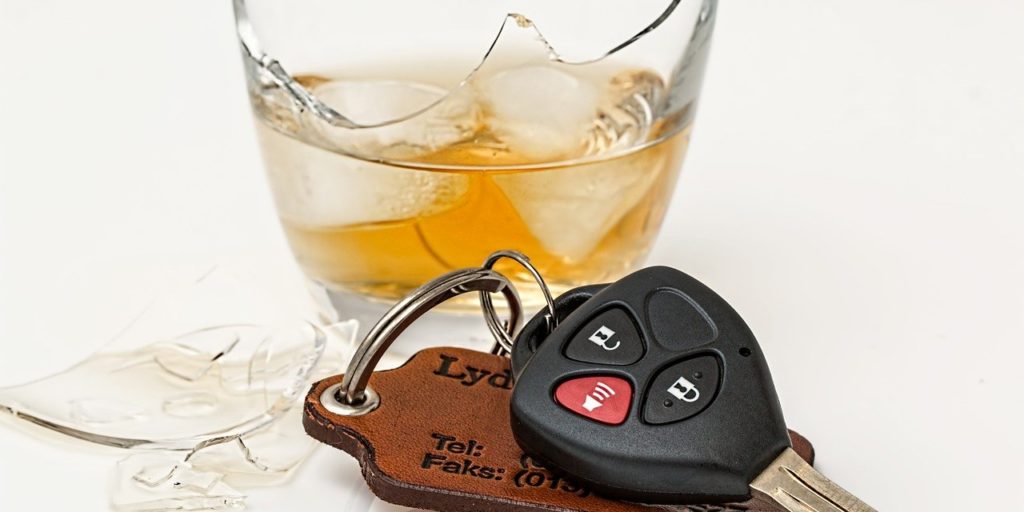- Seek legal advice if you’ve been hurt on an icy sidewalk - December 7, 2020
- Two important concerns about highway speed limit increase - November 6, 2020
- Shedding a light on recent Licence Appeal Tribunal decisions - July 10, 2020
Safety must come first for lawmakers considering a cut to the legal blood-alcohol limit, says Toronto critical injury lawyer Dale Orlando.
The Canadian Press (CP) recently reported that the federal government wants input from provinces and territories on a proposal to lower the current limit from 80 milligrams of alcohol per 100 millilitres of blood to a new level of 50 milligrams.
According to the story, Federal Justice Minister Judy Wilson-Raybould cited an Irish study to claim that a similar move in that country had produced a 50-per-cent reduction in fatal road accidents.
‘Meaningful effect’
“That’s a meaningful effect,” says Orlando, a partner with McLeish Orlando LLP. “I recognize it creates an inconvenience for people if they risk losing their licence and a criminal record every time they have a couple of drinks with dinner. But if those studies bear out, then we need to put people’s safety first, ahead of convenience and industry profitability.
“It’s not just their own well-being we’re talking about, but also that of innocent people on the roadway,” he adds.
According to the CP story, a Quebec restaurant lobby group has already objected to the idea, claiming the lower limit will kill off portions of its business.
“The (change would) mean a woman can have one drink and a man, in most cases, two,” the group’s spokesperson François Meunier says in the story. “Forget about a bottle of wine for two, for a Valentine’s Day dinner — that’s over.”
Put a dent on sales
As well as alcohol revenue, Meunier tells the news service the new rules would put a dent in food sales as potential customers stay home rather than risk blowing over the limit at a roadside police stop.
“When it comes to celebrations, parties, all that will be done at home as people change their behaviour. It’s easy to talk about taking a taxi or public transportation, but in the (outlying) regions it’s not as easy,” he says.
Orlando, who grew up in Sudbury, Ont., says he acknowledges the changes would have a greater impact in smaller communities with a less-developed transportation infrastructure.
“Trying to get a taxi after 11 p.m. in Sudbury was always very difficult when I was growing up,” he says. “I recognize it’s easy for me to say, as someone who lives in Toronto, but my practice is always to leave the car at home if I’m planning on drinking at all.”
Orlando says he suspects many younger drivers employ a similar approach since Ontario’s graduated system already requires drivers on G2 licences to have a blood alcohol level of zero.
‘Greater assumption’
“There seems to be a greater assumption among the newer generation of drivers that if you’re driving, you shouldn’t drink at all,” he says.
One restaurateur in the CP story accuses the Liberal federal government of a “double standard” for legalizing recreational marijuana use while cracking down on drinking, but Orlando doesn’t see a connection between the two issues.
“Two wrongs don’t make a right,” he says. “Legalizing marijuana may be creating issues for the motoring public, but that shouldn’t serve as a justification for maintaining a blood alcohol limit that can be shown to pose an unacceptable risk to people who use the roadway.”

